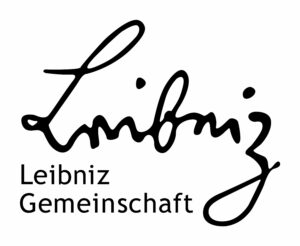
2006 – 2018 Studium der Geowissenschaften & Archäologische Wissenschaften beides an der Ruhr-Universität Bochum, MA in Wirtschafts- und Rohstoffarchäologie 2018, Promotion zum Dr. rer. nat. der Geowissenschaften 2021.
2015-2021 Wissenschaftlicher Mitarbeiter am Deutschen Bergbau-Museum, Bochum
2021-2022 Rohstoffhändler bei Thyssen Krupp Materials Trading, Bereich Minerale
Seit 2022 Projektleiter am Wissenschaftsbereich Maschinenbau und Materialwissenschaften der Technischen Hochschule Georg Agricola, Bochum.
Research interests
Archäometrie, Schwerpunkt: Geochemische und mineralogische Analytik.
Geschichtswissenschaften, Schwerpunkt: Wirtschaftsgeschichte des Spätmittelalters und der Frühen Neuzeit.

